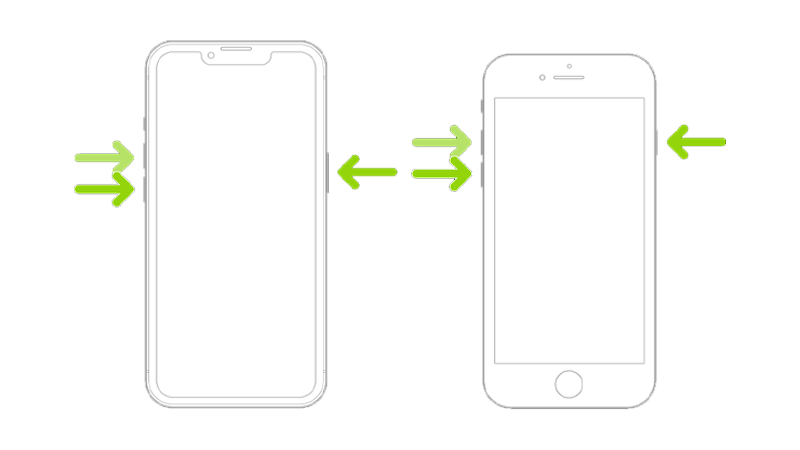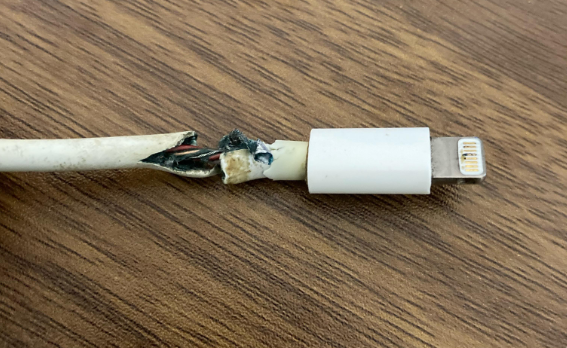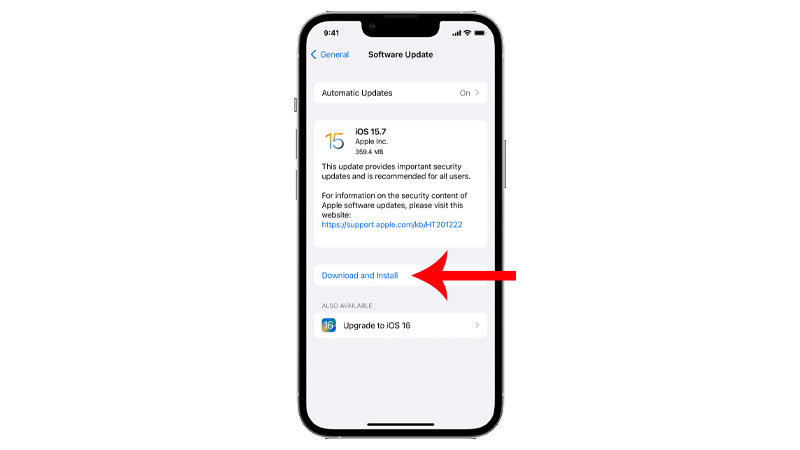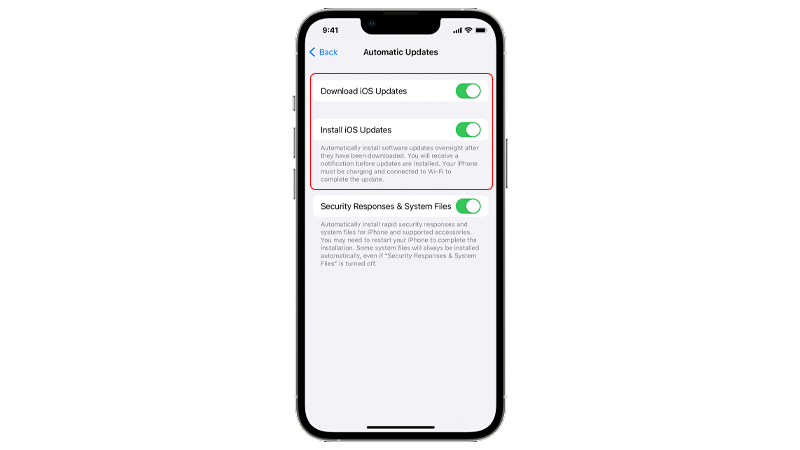If you’re encountering a ‘liquid detected’ prompt preventing your iPhone from charging or connecting to accessories, don’t worry.
This article explains the significance of this critical alert and provides steps to resolve it, ensuring your iPhone functions smoothly again.
Let’s dive in!
TL;DR Version
If your iPhone keeps saying ‘liquid is detected’, check the following:
What Does the Liquid Detected Alert Mean?
When you connect a Lightning or USB-C charger or accessory to an iPhone XS, XR, or newer model, it may alert you to the presence of liquid in the connector.
The iPhone then enters a safe mode, halting charging or accessory connections until the connector, charging port, cables, and accessory are dry.
Leaving the Lightning or USB-C connector wet can cause the pins in the connector or charging port to corrode, potentially causing permanent damage.
It’s crucial to keep these components dry.
What To Do if You See This Error?
It’s generally advised not to charge your iPhone when it’s wet. However, in urgent situations where you need your phone, you can reconnect the cable or accessory, which gives you the option to override the liquid detection alert.
Alternatively, consider using a wireless charger if available.
Important Notes
- Ensure the back of your phone is dry before using wireless charging.
- Use only Qi-certified wireless chargers with your iPhone.
How to Fix Constant Liquid Detected Error on iPhone
Occasionally, the liquid detection feature on your iPhone may malfunction, triggering constant ‘liquid detected’ errors even when your iPhone is dry.
If you’re facing this issue, try the following solutions:
1. Make Sure Your iPhone Is Dry
First, confirm that your iPhone is indeed dry. Gently tap your iPhone against your hand, port facing downward, to dislodge any trapped liquid. Alternatively, leave your device in a well-ventilated area to air dry for a few hours.
Important Notes
- Avoid using external heat sources (like hair dryers) or compressed air to dry your iPhone.
- Do not insert cotton swabs or paper towels into the charging port.
- Refrain from using rice to absorb moisture, as rice grains can enter the port and cause additional damage.
2. Clean the Charging Port
Debris like dust in the charging port can cause short circuits, leading your iPhone to falsely detect liquid.
Inspect the charging cable and gently clear any debris from the charging pins using a toothpick.
Note
Do not use metal or any conductive materials for cleaning the charging port to avoid the risk of electrical short-circuiting.
3. Force Restart Your iPhone
A temporary bug or error may have caused the liquid detected error to pop up.
To rule this out, force restart your iPhone to reboot the system on a hardware level. This temporarily cuts power from the battery, like how we used to restart older phones.
Here’s how you can force restart your iPhone:
- Press and release the Volume Up button.
- Now, press the Volume Down button once.
- Hold the Side button until the Apple logo appears.
- Release the Side button.

4. Try A Different Charging Cable
A recurring liquid detected prompt during charging could be a sign of a defective charging cable. Test your iPhone with an alternate cable to confirm this.

It’s best to use the cable that originally came with your iPhone, or if necessary, purchase an authentic replacement from Apple.
5. Update Your iPhone
There’s a chance that the version of iOS you’re using has an issue that causes the liquid detected error to come up.
To rule this out, check if there are available updates for your iPhone to patch any errors.
Here’s what you need to do:
- Open Settings on your iPhone.
- Head to General > Software Update.
- If a new version of iOS is available, tap Download and Install.
- Once downloaded, follow the on-screen instructions to update your software.

Note
- Your iPhone might restart several times during the update process.
- Ensure your iPhone is at least 50% charged before updating. For a smooth process, keep it connected to a charger.
- Allow about 15 minutes for the update, particularly for major versions (like iOS 15 to iOS 16).
If you don’t want to constantly check for updates, enable this option:
- Go to Settings.
- Navigate to General > Software Update > Automatic Updates.
- Turn on Download iOS Updates and Install iOS Updates

FAQs
Why does my iPhone say liquid is detected when there is none?
This issue often stems from a system bug or error. Alternatively, it could be caused by defective charging cables or dirt in the charging port. To address this, you can follow the troubleshooting steps provided earlier.
How do you bypass iPhone liquid detection?
In urgent situations where you need to charge your iPhone or connect an accessory, you can bypass the liquid detection:
- Disconnect the charger or accessory.
- Reconnect it.
- Select Emergency Override when prompted.
How do I dry my iPhone?
To safely dry your iPhone:
- Gently tap it, charging port down, against your hand to remove excess liquid.
- Let it air dry for 3-4 hours.
- Avoid using a hairdryer or any external heat source on the charging port.
- Refrain from using compressed air to expel liquid from the port.
How does Apple detect liquid damage?
Apple devices, including iPhones and iPods, are equipped with external liquid contact indicators. These indicators are normally white or silver but turn red upon contact with water or any other liquid.





